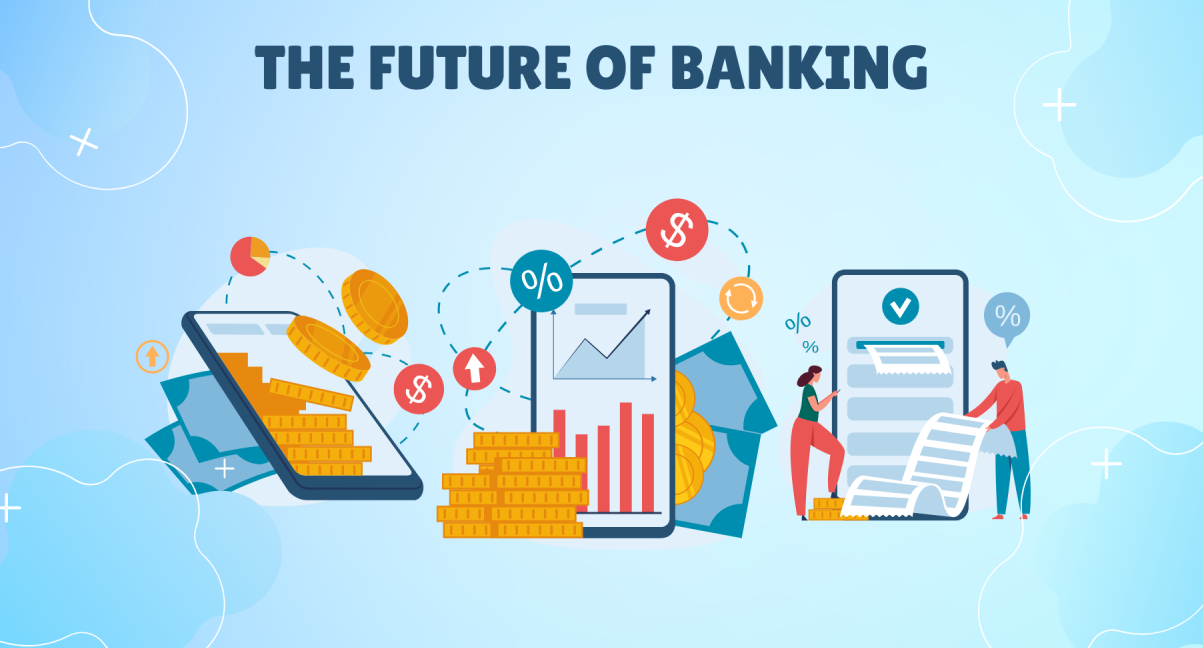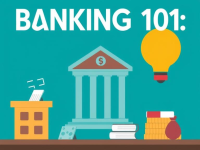The future of banking is being radically transformed by technology, promising more efficient, secure, and personalized financial services. Digital platforms and mobile banking apps have made it possible for customers to access their accounts and perform transactions anytime, anywhere, leading to a significant decline in the use of physical branches. Artificial intelligence and machine learning are being leveraged to offer personalized financial advice, detect fraud in real-time, and automate routine tasks, significantly enhancing customer experience. Blockchain technology is also on the rise, offering the potential for secure, transparent transactions and reducing the reliance on traditional intermediaries. As technology continues to evolve, banks are likely to face increased competition from fintech companies, pushing them to innovate and integrate new technologies to meet the changing expectations of their customers and maintain their relevance in the digital age.
In recent years, the banking industry has witnessed a dramatic transformation fueled by rapid technological advancements. This evolution is reshaping how financial institutions operate, how they interact with customers, and the services they offer. Let’s explore how technology is revolutionizing the future of banking and what it means for consumers and financial institutions alike.
1. Digital Banking and Mobile Apps
One of the most significant changes in the banking sector is the rise of digital banking. With the proliferation of smartphones and high-speed internet, customers now have the convenience of accessing their bank accounts, transferring money, and even applying for loans through mobile apps. This shift not only enhances the customer experience but also reduces operational costs for banks by minimizing the need for physical branches.
2. Artificial Intelligence and Automation
Artificial intelligence (AI) is playing an increasingly critical role in the banking industry. From chatbots providing customer service to AI-driven algorithms that assess credit risk, the technology is enhancing efficiency and accuracy. Automation of routine tasks allows human employees to focus on more complex and strategic activities, ultimately improving service quality and reducing the risk of human error.
3. Blockchain and Cryptocurrencies
Blockchain technology and cryptocurrencies are challenging traditional banking norms. Blockchain offers a secure and transparent way of conducting transactions, which could revolutionize everything from cross-border payments to clearing and settlement processes. Cryptocurrencies, although still in their nascent stage, are prompting banks to rethink traditional currencies and payment systems.
4. Enhanced Security Measures
With the increased reliance on digital platforms, cybersecurity has become a paramount concern for banks. Technologies such as biometric authentication, blockchain, and advanced encryption methods are being deployed to protect sensitive information and prevent fraud. As cyber threats become more sophisticated, banks are continuously investing in cutting-edge security technologies to safeguard their customers’ assets.
5. Personalization and Customer Experience
Data analytics is enabling banks to offer personalized services tailored to individual customer needs. By analyzing customer data, banks can provide customized financial advice, targeted product offerings, and personalized communication. This level of personalization not only enhances customer satisfaction but also fosters loyalty and long-term relationships.
6. Open Banking and API Integration
Open banking, facilitated by APIs (Application Programming Interfaces), is creating a more competitive and innovative banking environment. It allows third-party developers to build apps and services around financial institutions, leading to a more integrated and seamless customer experience. This openness is fostering innovation and providing customers with a broader range of financial products and services.
Conclusion
The future of banking is undoubtedly being shaped by technology. As financial institutions continue to embrace digital transformation, the industry will become more efficient, secure, and customer-centric. While challenges remain, particularly in terms of regulation and cybersecurity, the opportunities for innovation and growth are immense. For consumers, this means more convenience, better services, and greater control over their financial lives. As we look ahead, it is clear that technology will continue to be a driving force in the evolution of banking.





